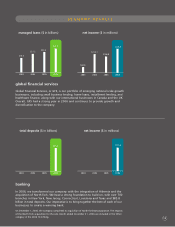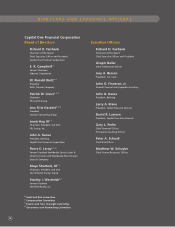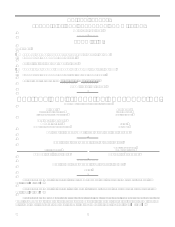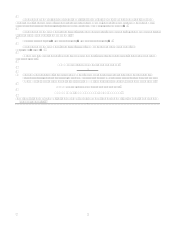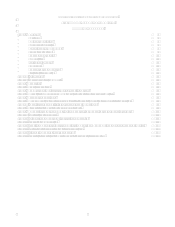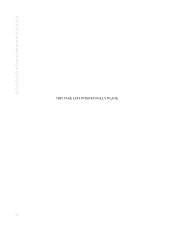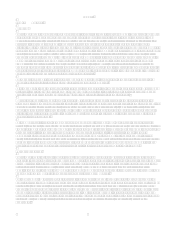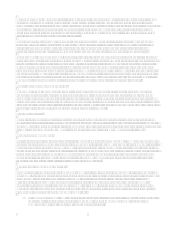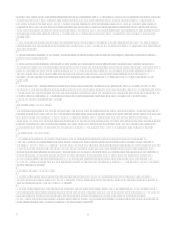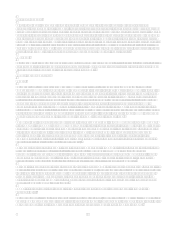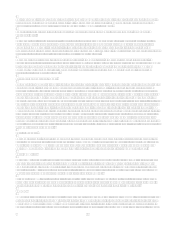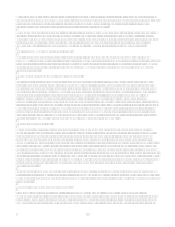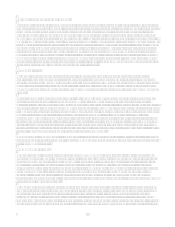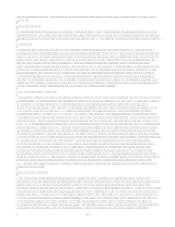Capital One 2006 Annual Report Download - page 25
Download and view the complete annual report
Please find page 25 of the 2006 Capital One annual report below. You can navigate through the pages in the report by either clicking on the pages listed below, or by using the keyword search tool below to find specific information within the annual report. 7
Enterprise Operating Committeeprovides advice and guidance to senior executives on significant matters
affecting our associates, infrastructure, reputation and operations. The Committee seeks to drive awareness of our
reputational risks, mobilize management of such risks, ensure the alignment of our policies and resources with our
strategic business priorities and encourage innovation and leadership.
Credit Policy Committeeensures the appropriateness of our credit policies and procedures, counsels the Chief
Risk Officer and the Chief Credit Officers regarding fulfillment of their duties, and provides a forum for the
discussion of credit matters.
Asset and Liability Management Committeeprovides advice and counsel to the Chief Financial Officer and other
executives on the acquisition and deployment of funds, the liquidity position of the Company and our subsidiaries
capital management, off-balance sheet activities, and activities related to the management of interest rate risk, and
investment activities.
Integrity, Ethical Values and Risk Management Culture
We maintain our risk management culture through various mechanisms designed to bring the consideration of risk into daily
decision making. We have a corporate Code of Business Conduct and Ethics, available on the Corporate Governance page of
our website at www.capitalone.com/about, under which each associate is obligated to behave with integrity in dealing with
customers and business partners and to comply with applicable laws and regulations. We also have a compliance training
program and an associate performance management process that emphasize achieving business results while ensuring
integrity, legal compliance and sound business management. Our risk management culture is also encouraged through
frequent direction and communications from the Board of Directors, senior leadership, corporate and departmental risk
management policies, risk management and compliance training programs and on-going risk assessment activities in the
business.
Organizational Structure for Risk Identification, Monitoring and Reporting
Our organizational structure supports consideration of risk in decision making. We monitor our key risks, mitigation plans
and our risk management capability through a system of on-going measurement and reporting to business area management,
the Chief Risk Officer, senior management committees and the Board and its committees. The corporate Risk Management
department designs and facilitates the implementation of methodologies to identify and assess risk, analyze and aggregate
risk and mitigation reporting and to evaluate and enhance the risk management culture. Each business area uses these
methodologies to identify key risk exposures which are assessed according to potential likelihood and impact, as well as, the
quality of the related controls. If appropriate, risk response plans are developed for risks and the business tracks progress
against the plans. For significant risks reported to the senior management committees and the Board, specific executives are
designated as accountable for the management and monitoring of each such risk. Across the Company, individual business
areas utilize Business Risk Offices staffed by associates from the business who oversee implementation of methodologies and
tools for risk identification, assessment and reporting. Our Corporate Audit Services department also assesses risk and the
related quality of internal controls and risk management through its audit activities. Corporate Audit Services reports on the
scope and results of its work to the Audit and Risk Committee of the Board of Directors.
Credit Risk Management
Successful management of credit risk, the risk that borrowers may default on their financial obligations to us, is critical to our
success. There are four primary sources of credit risk: (1) changing economic conditions, which affect customers ability to
pay and the value of any collateral; (2) changing competitive environment, which affects customer debt loads, borrowing
patterns and loan terms; (3) our underwriting strategies and standards, which determine to whom we offer credit and on what
terms; and (4) the quality of our internal controls, which establish a process to test that underwriting conforms to our
standards and identify credit quality issues so we can act upon them in a timely manner. We are focused on managing each of
these sources of credit risk.
The overall management of credit risk is the responsibility of the Chief Risk Officer who is supported by a Commercial Chief
Credit Officer and a Consumer Chief Credit Officer. The goal of the Chief Credit Officers is to provide strong central
oversight of credit policy and credit programs in the consumer and commercial lending businesses while maintaining the
ability of operating units to respond flexibly to changing market and competitive conditions. The Chief Credit Officers are
assisted by the Credit Policy Committee, a committee of senior management that oversees and approves corporate credit
policy and credit performance. Its members include the Chief Risk Officer, the Chief Credit Officers, the Deputy Chief Risk
Officer, the Controller, the Presidents of U.S. Card, Auto Finance and Global Financial Services segments and the head of
Commercial Banking. The Credit Policy Committee also has sub-committees which provide credit oversight at the divisional


